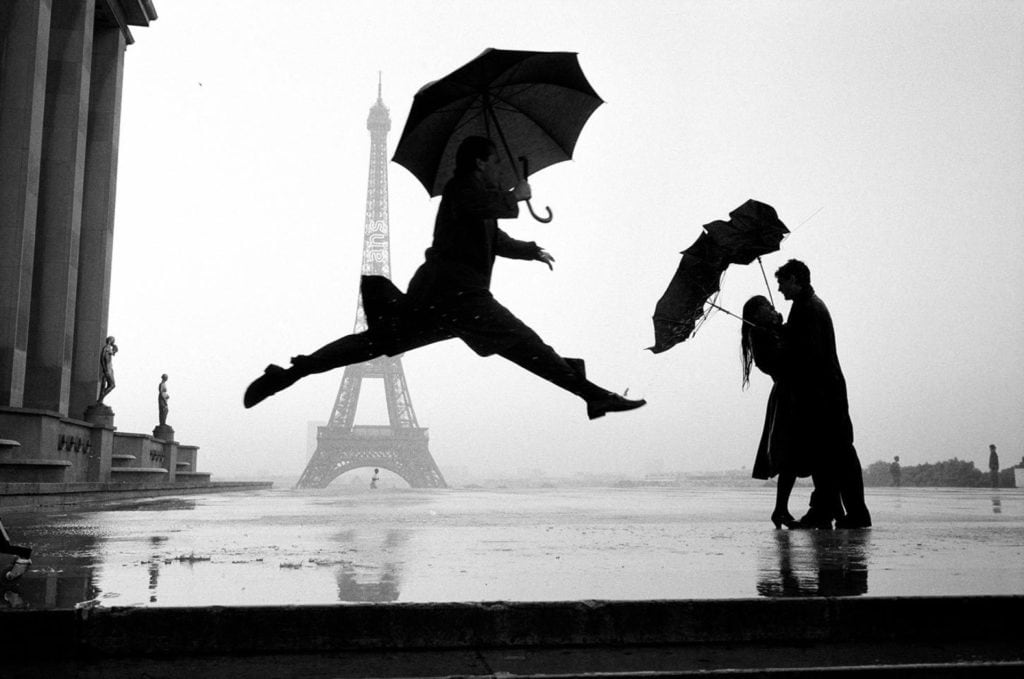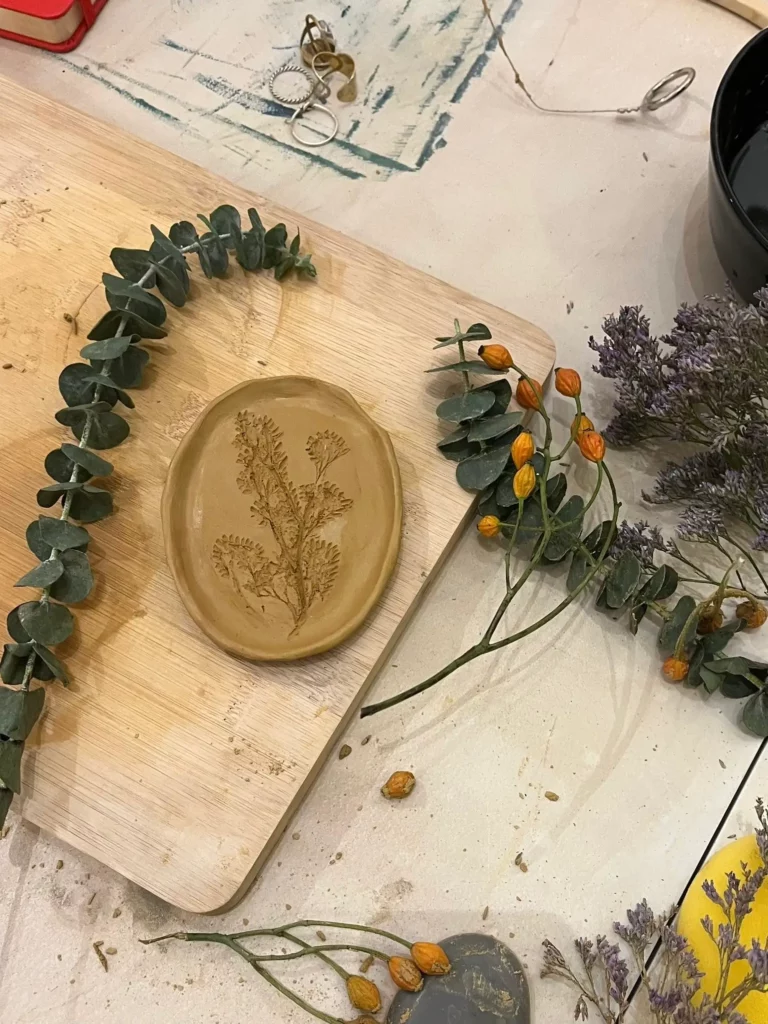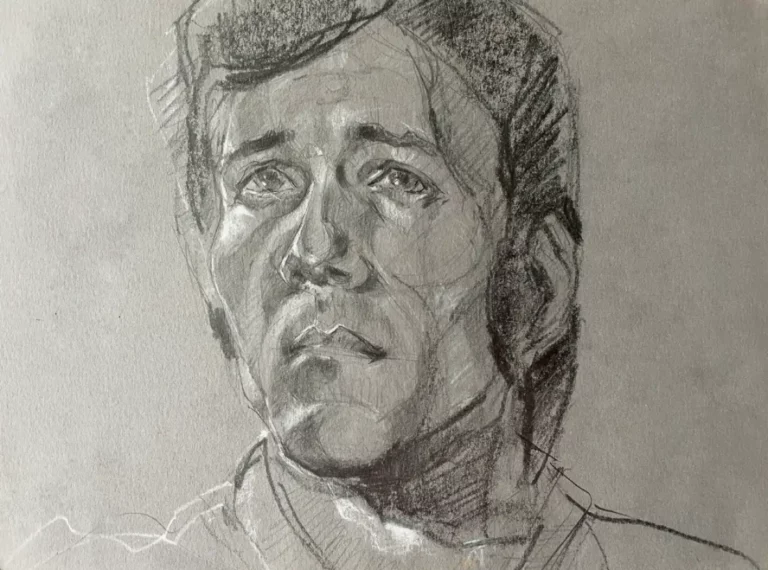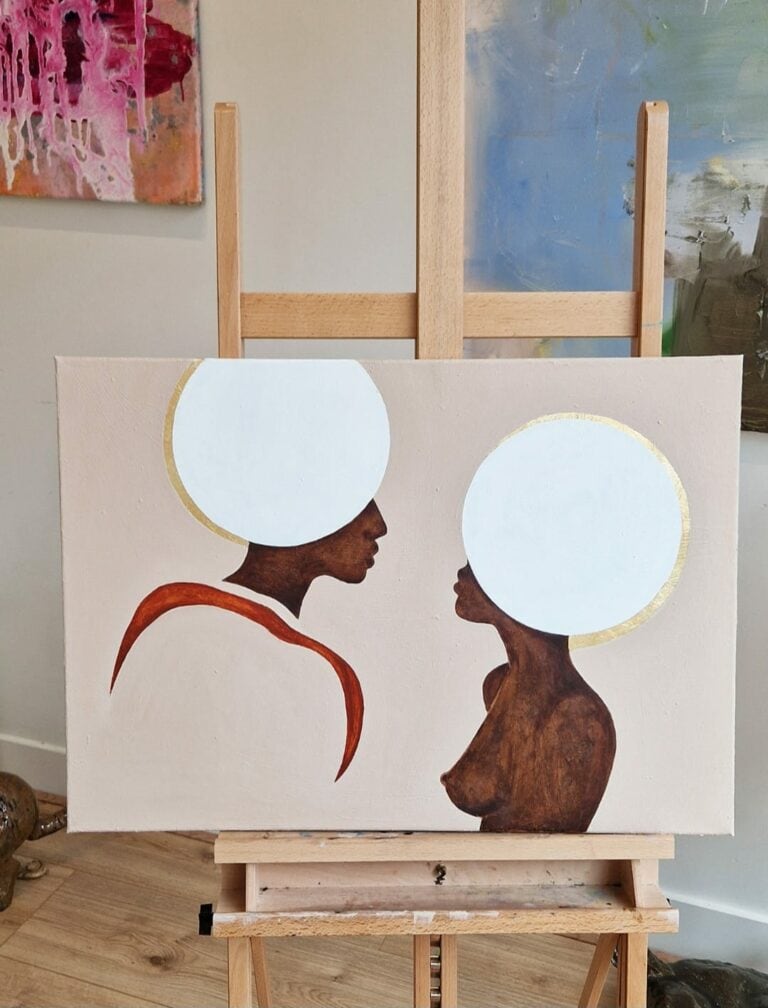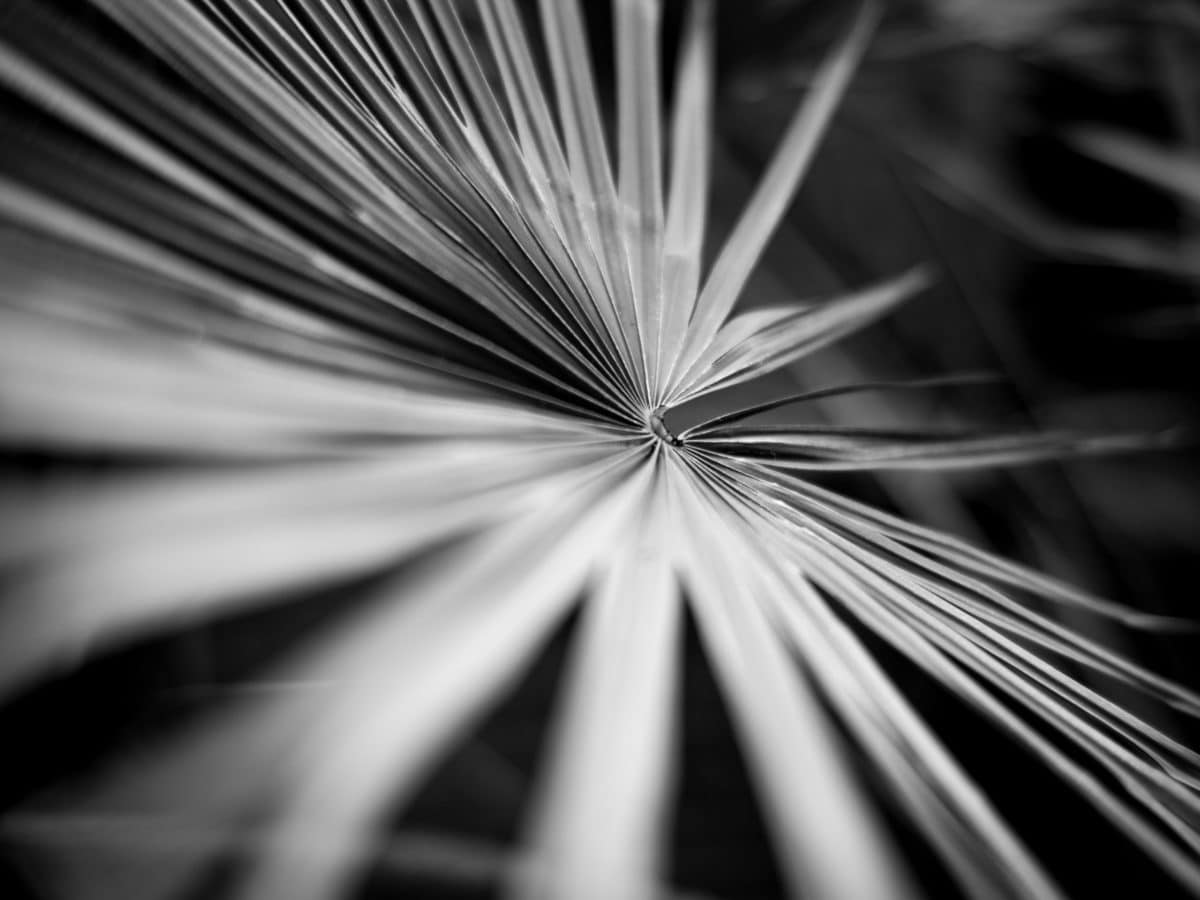
28 May 2021
Photography as an artistic form
For a long time, the traditional arts, especially painting, aspired to the dream of mimesis, to the “perfect” reproduction of nature. Pliny the Elder recounts in his Natural History that, in the 5th century BC, the Greek Zeuxis succeeded in deceiving the eyes of birds, which came down to peck at grapes he had painted.
When, in 1839, the Frenchman Louis Daguerre presented in Paris the so-called daguerreotype, the first process which, based on the initial work of Joseph Niépce, made it possible to obtain photographs on a polished silver surface, the dream of creating an image that would be a true “double” of the world finally became a reality.
From Enlightenment to contemporary movements: rapid technical progress, the applications of the new invention to different fields (such as “artistic” photography or the capture of movement through stroboscopic photography and cinematography), together with the industrial production of cameras, would completely transform the relationship of the general public with images. Soon a new professional emerged, the photographer, who inherited various social functions that had hitherto been cultivated by the painter, such as the production of portraits and views of cities, towns and landscapes, or the illustration of news and reports. However, although photography was considered an indisputable technical achievement, its artistic relevance was for a long time questioned. Photography as an artistic form was a concept that was formalized during the XX century.
One of the great pitfalls of photography has been, from the very beginning, the camera’s ability to reproduce the apparent. If painting had for centuries sought to copy the visible world exactly, photography destroyed this claim at a stroke, taking it to implausible degrees of precision. Painting then followed a different path. But the affront cost photography dearly: from being scorned by artists for decades to being reduced to a mere copying function.
Now it is much clearer that photography is neither a mimesis nor a facsimile of reality, but a technique and art capable of interpreting reality to the point of disrupting it. Richard Avedon once said that “All photography is accurate, but none of it is true”.
There have been two visions of photography: on the one hand, technical skill and on the other, the ability to create an image that gives us a different perspective on the world. When the two come together, we are creating an artistic graphic work, thus, seeing photography as an artistic form.
At first it was believed that photography merely reproduced “reality as it is”, while painting showed it “as seen”, but it was soon discovered that this distinction was rather false. The photographic lens was never an impartial eye; Nadar’s early portraits or Eugène Atget’s street scenes, for instance, already reflected an unmistakably personal gaze.
Artistic photography, in addition to its aesthetic proposal, poses a series of existential questions. If it does not succeed, it will only be one more image, which will only be seen and forgotten. The current development and dissemination of photography has created a society accustomed to seeing, but not to observing and analyzing the images around us.
In photography, as in all art, what is important is the concept, the idea, that the work transmits something to us, that there is coherence between its elements and with what it is trying to communicate through it. This vision of photography comes from the sixties, when artists were more concerned with its concepts and content than with the material creation of the work itself.
Elliott Erwitt (Paris, France, 1989)
For example, there are people who use photography to express their emotions. Many of these photographs are probably not very attractive aesthetically or technically (for example, Diane Arbus and her “freaks”), but they present us with a very powerful concept, with such force that they manage to eclipse the aesthetic deficiencies of the image. On the other hand, we find images taken by artistic photographers, which are so beautiful that they become art in themselves, aesthetic vision and perfect execution when taking the picture. Either way, both are a representation of photography as an artistic form.
The photographer creates. But one of the most profound and mysterious acts of the photographic person, and what gives him the role of a central figure in this story, is his ability to choose. If the camera picks, the photographer chooses. His decisions impact the result on all levels. First, because it is necessary to choose a subject. Why do some choose to go out into the street while others take product photography in a studio? But he also chooses an instrument, and it is not the camera in genre but a specific camera, or even a set of photographic machines.
There were also artists who were able to glimpse the importance of photography as a documentary medium, such as Mathew B. Brady, who, leading a team of some twenty photographers, documented the American Civil War (1861-65) from the Unionist side. Brady, who, at the head of a team of some twenty photographers, documented the American Civil War (1861-65) from the Unionist side.
Photography immediately aroused the interest of the working classes. The appearance in 1888 of George Eastman’s Kodak camera, the first to incorporate a flexible celluloid roll, helped, thanks to its low cost and ease of use, to “democratize” the taking of still images.
In 1902, Alfred Stieglitz, Edward Steichen and Alvin Langdon Coburn created the Photo-Secession movement, which would publish a seminal publication, Camera Work, and open a gallery with the aim of defending a conception of the medium based on the individual expression of the artist. For Paul Strand, in Stieglitz’s work, the machine was not used to “exploit and degrade human beings, but as an instrument to bring back into their lives something that matured the mind and refreshed the spirit”.
Strand was a fundamental part of Direct Photography, a movement that sought to distance itself from artistic embellishment in order to create images capable of moving without resorting to “tricks” of image manipulation.
At the other extreme, the Surrealists and Dadaists, keen to explore the possibilities of photography and film, sought to apprehend something beyond the real. The ironic, sensual and enigmatic images of Man Ray or Dora Maar and the collages of photography and illustration by Hannah Höch or Raoul Hausmann proposed visions that summoned the subconscious, the pulsional and the instinctive.
Photography was thus detached from the demands of the real to enter a dreamlike, mental world. A similar spirit encouraged the “subjective photography” of the Fotoform Group, created in Germany in 1949, which, in its desire to distance itself from the document, even called for photographic abstraction.
Cinema, although a later invention, was given artistic status before photography when, in 1911, the Italian journalist Ricciotto Canudo published the famous Manifesto of the Seven Arts. In the course of time, photography would end up occupying the eighth position in this ranking. Fortunately, pioneers such as the Scotsman David Octavius Hill saw early on the artistic possibilities of the new medium.
Robert Doisneau, “Kiss by the hotel de Ville”, 1950 (probably the most popular staged photo)
We have already said that photography, then, does not come from outside, but from within. But we should also consider that we are dealing with a symbiotic circle where external and internal reality, the physical circumstance that makes photography possible and the needs of a person who needs to express them through a camera come together, alternating with each other.
An example of this is the popular photograph of the kiss by Robert Doisneau. It looks like an extremely perfect scene: the natural, the romantic, the serendipitous. It became a very popular photograph, one of the most reproduced photographs of the 20th century, with more than 40,000 copies.
The image did not become more than a newspaper document until the mid-1980s, when thousands of copies of the photo were printed and distributed in poster format. The photograph then became famous around the world, becoming an icon of the romanticism attributed to the French capital. But then controversy also arose as to whether the moment captured by Doisneau was planned or natural.
In the 1990s, a couple and a woman claimed to be the photographed subjects and demanded royalties for the exploitation of their image. To get out of the legal situation, the author had to confess that they were in fact a couple of actors whom he had paid to simulate the kiss in front of his camera.
The reality that is photographed can be created or be there; there will be no difference between a constructed or a found scene. It is, then, a real dance of realities, where the existence of the outside and the inner world of the photographer combine and re-combine. It is no longer a copy, nor an abstract thought in the mind of a person, but a reality, a photographic reality. The photograph is then a synthesis that makes the inner reality visible, a conduit to bridge the gap between the psychology of its author and the viewer. This amalgam will add personal and social complexity, the intimate and the private, culture in all its meaning. Photography is art.
Check out for out selection of photograph to appreciate the photography as an artistic form.
Related Posts
Art Events
Bloom into Spring with our Flower Press Ceramics Workshop
Discover the beauty of flower-pressed ceramics in this hands-on workshop! Over two captivating hours, you'll learn to create a unique hand-built plate using dried blooms and other natural elements. Whether you're a beginner or seasoned artist, Lorena will guide you step-by-step as you explore this enchanting decorative technique.
Art Events
Portrait Drawing Masterclass: explore lines, shapes and expression
I’ll guide you through some basics of creating a portrait using pencil and some other additional materials. What is really important for you to learn is to observe and pay attention while drawing someone’s portrait. As an academically trained painter I spent countless hours improving my portrait drawing skills, which I will be very happy to share with you. Knowledge has no meaning, if it’s no shared.
Art
That’s Life – Annet van Belkom
In her newest series, That’s Life, Annet draws inspiration from the song ‘That’s Life’ by ‘Scorz’ to express the idea of life happening in cycles. The introduction of the electronic music track is accompanied by a beautiful story about life and reflects on the idea of who we are as humans and the continuity of […]




